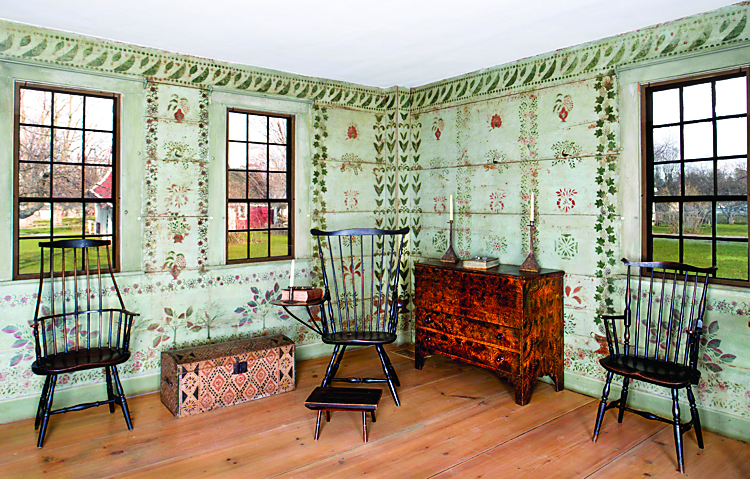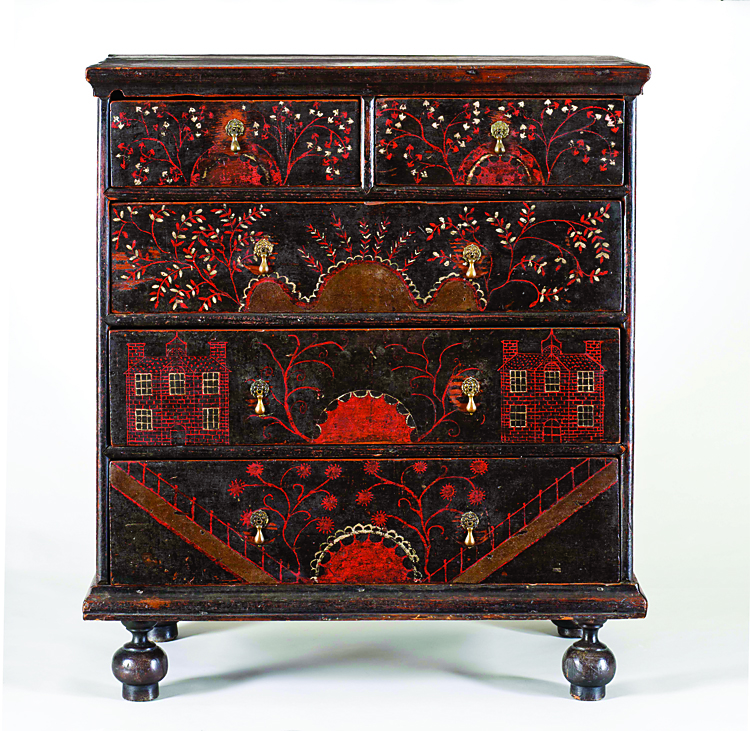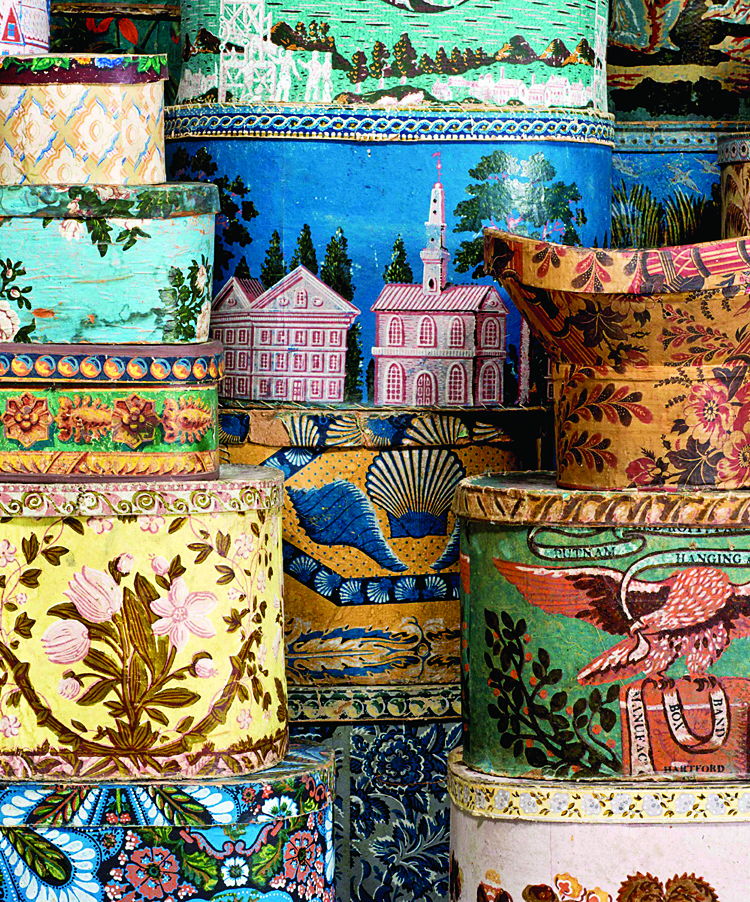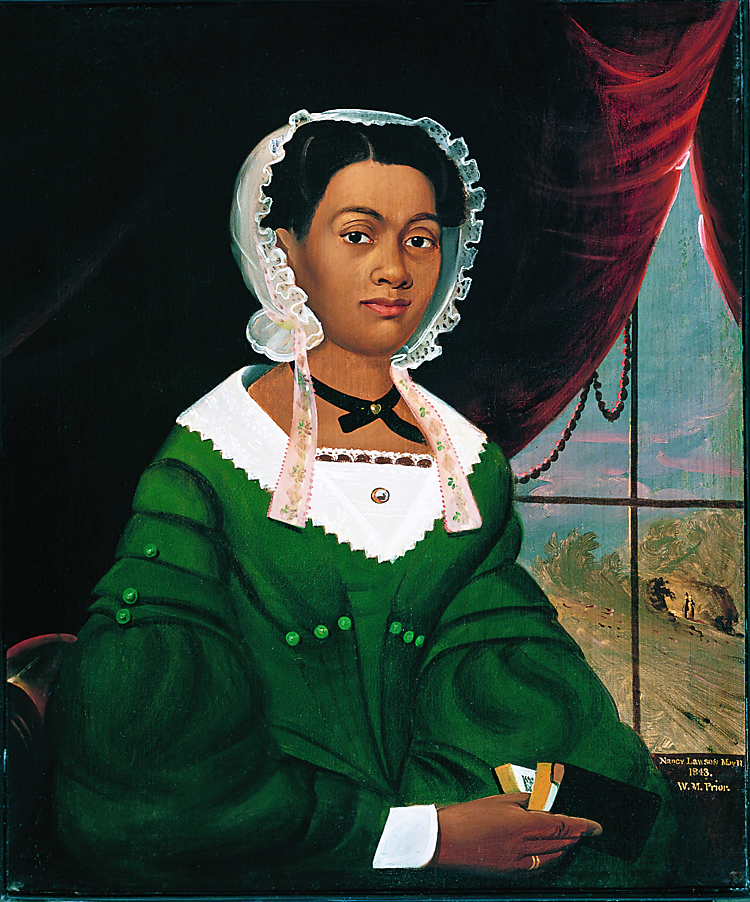The Best of Shelburne Museum
Shelburne Museum’s new Pizzagalli Center for Art and Education and Color, Pattern, Whimsy, Scale
Shelburne Museum in Shelburne, Vermont, is one of North America’s finest, most diverse, and unconventional museums of art, design, and Americana. Over 150,000 works are exhibited in a remarkable setting of thirty-eight exhibition buildings, twenty-five of which are historic and were relocated to the museum’s beautifully landscaped forty-five-acre campus. Shelburne’s collection includes works by the great Impressionists Claude Monet, Edouard Manet, and Edgar Degas, as well as a prized collection of folk art including trade signs, weathervanes, and quilts.
For the first time, Shelburne Museum will remain open year-round with the opening of the new Pizzagalli Center for Art and Education on August 18. The new 18,000-square-foot center includes galleries, an auditorium, and classroom, and will be a cultural hub for the community with events, lectures, music, and changing exhibitions. The museum will celebrate the center’s opening with an inaugural exhibition that pays homage to visionary founder Electra Havemeyer Webb. Color, Pattern, Whimsy, Scale: The Best of Shelburne Museum will incorporate the four design themes in its title that characterize the collection and will showcase nearly 100 works including, paintings, folk art, furniture, wallpapers, decorative arts, textiles, costumes, and many other forms, featuring well-known masterpieces and surprising treasures.
Webb grew up in an extraordinary New York mansion designed by Louis Comfort Tiffany and Samuel Colman. According to the Havemeyer family biographer Frances Weitzenhoffer, “Each room was an imaginative composition of seemingly incongruous elements that, when placed together, spun a shimmering web.” The sense of colors and textures, diverse materials, and myriad patterns all contributed to the developing connoisseurship that young Electra would apply to the works she would later avidly acquire. As an adult, her collecting appetite was voracious and she filled every possible space in her households in Long Island, New York City, and Vermont. “Some people have the place and find the piece,” she said. “Not I. I buy the piece and find the place.”


































